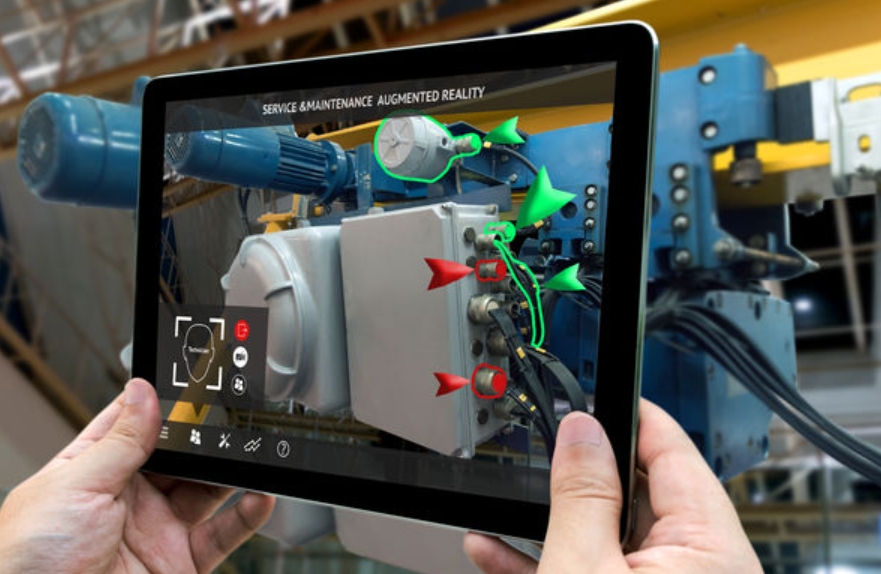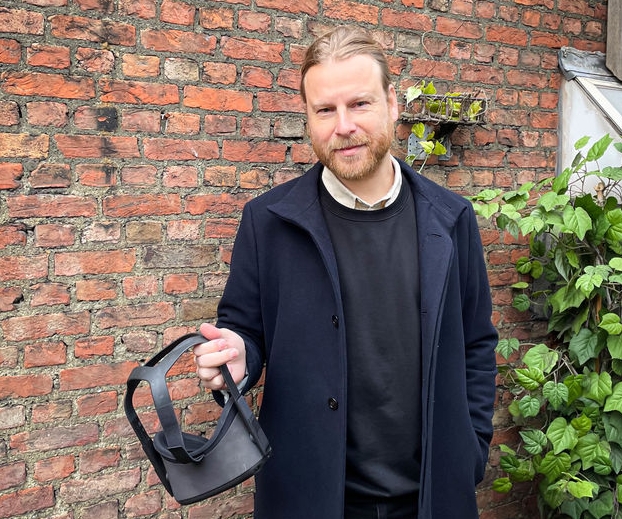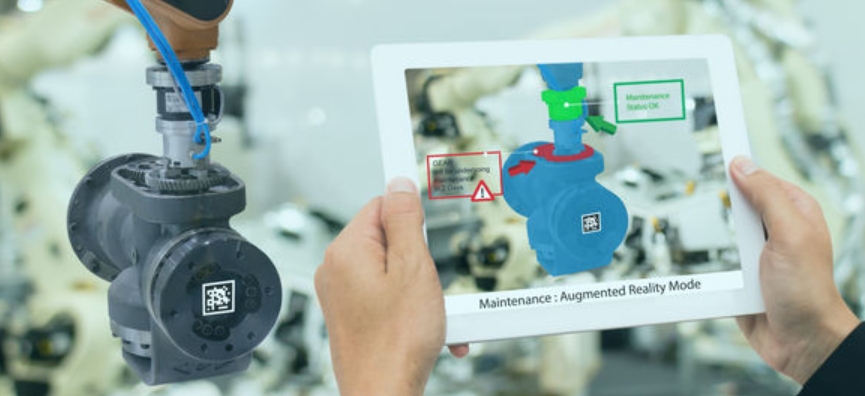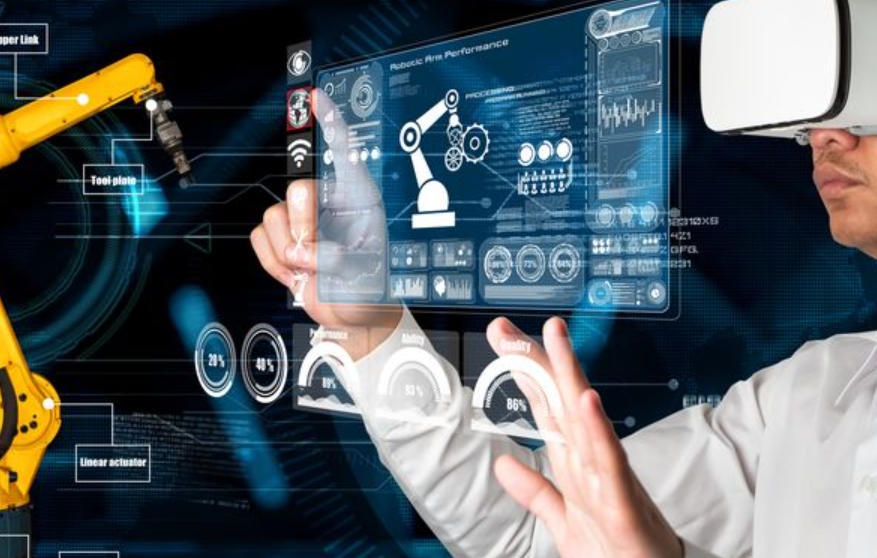Simulated reality or ‘virtual reality’ (VR) is different from augmented reality or ‘augmented reality’ (AR). The difference is not always clear to everyone. In both applications you see reality as it is, but with a digital layer over it. It is a technology that also offers many interesting applications for the construction sector.
Virtual reality and augmented reality are concepts that have been popping up more and more recently. With virtual reality you enter a virtual world as a user. You don’t see anything of the real world around you anymore. In practice, you put glasses on your head with a built-in screen. Through the glasses you do not see what is really happening around you, but you look around in a digital world. That environment is your reality at that moment. A simulated reality.
The VR images you see and experience come from a smartphone or computer. If you move your head, it also affects the image you see. This makes it possible that you can look completely around you in a video. Some VR glasses also have sound built-in, so that you are completely isolated from the normal world. Different people who are physically together in one room can each experience completely different experiences with VR glasses.
Augmented reality is a lot more subtle than virtual reality. Wearers can still see the real world. The real environment is mixed with holograms. Special glasses are also available for these applications, but the technology is currently mainly used in apps on smartphones. By means of your camera you can look around in the normal world, but that world is supplemented with digital information or objects.

With AR glasses, for example, you can walk around or drive, while the glasses project information into the world around you. These can be text messages or icons, but also, for example, arrows on the road surface that indicate the fastest route. Augmented reality does have a limitation. The technology places objects on top of the real world and does not take into account, for example, depth.
Building design
When you hear virtual/augmented reality and construction together in one sentence, you quickly think of the design of a building. Architects show you a realistic picture of what a building will look like with all kinds of 3D drawings and fancy VR glasses on your nose. Where do doors, windows and stairs come? Where are the water pipes, ventilation ducts and electrical connections?
“Not an illogical association in itself, but know that for every euro spent on a building in the design phase, 20 € should be set aside for the actual construction and – more importantly – 60 € for the management and maintenance of that same building” , says Maurits Hagemans, Augmented & Virtual Reality researcher at the Smart-ICT and PXL-Green & Tech department of the Hogeschool PXL.

According to Hagemans, augmented reality can offer many interesting applications, especially in the operational phase of a building – management and maintenance. Various parties are involved in the maintenance of a building; augmented reality is extremely useful as a collaborative information and communication tool. He then briefly outlines four interesting ar applications.
AR Remote
During an on-site maintenance, a technician discovers a problem that he cannot solve himself. The expert – who is miles away – can then watch from a distance via a simple app and give interactive instructions.
AR Wayfinding
A maintenance technician enters a new building for him and immediately finds (based on scans made in advance) where he needs to go, for example a certain meter box on the first floor. He can also quickly request the technical documentation of the devices that he has to handle or check on site.
AR Techniques
If an advanced BIM model of an existing building is available – a 3D model supplemented with techniques such as pipes – you can put a digital layer over that reality while you walk through the building. Even if you cannot see the pipes with the naked eye, you can observe them thanks to that extra digital layer, via your smartphone, tablet or augmented reality glasses. This offers additional benefits when maintenance is required or damage needs to be repaired.
QR codes for maintenance
QR codes have become an integral part of our daily lives and thanks to the recent Covid Safe app, just about everyone is familiar with them these days. QR codes – as digital triggers – are also very useful for making the right documentation, application or digital content immediately available during on-site maintenance. The technical data sheet of a specific material, the latest maintenance report of the heating installation: a quickle QR scan and you have it at your disposal.
“Augmented reality will increasingly play an important role in the construction sector of the future. It is the ideal technology as an information and communication tool between construction partners, especially for the maintenance and management of buildings in BIM-modeled construction projects”, concludes Maurits Hagemans of the Hogeschool PXL.


